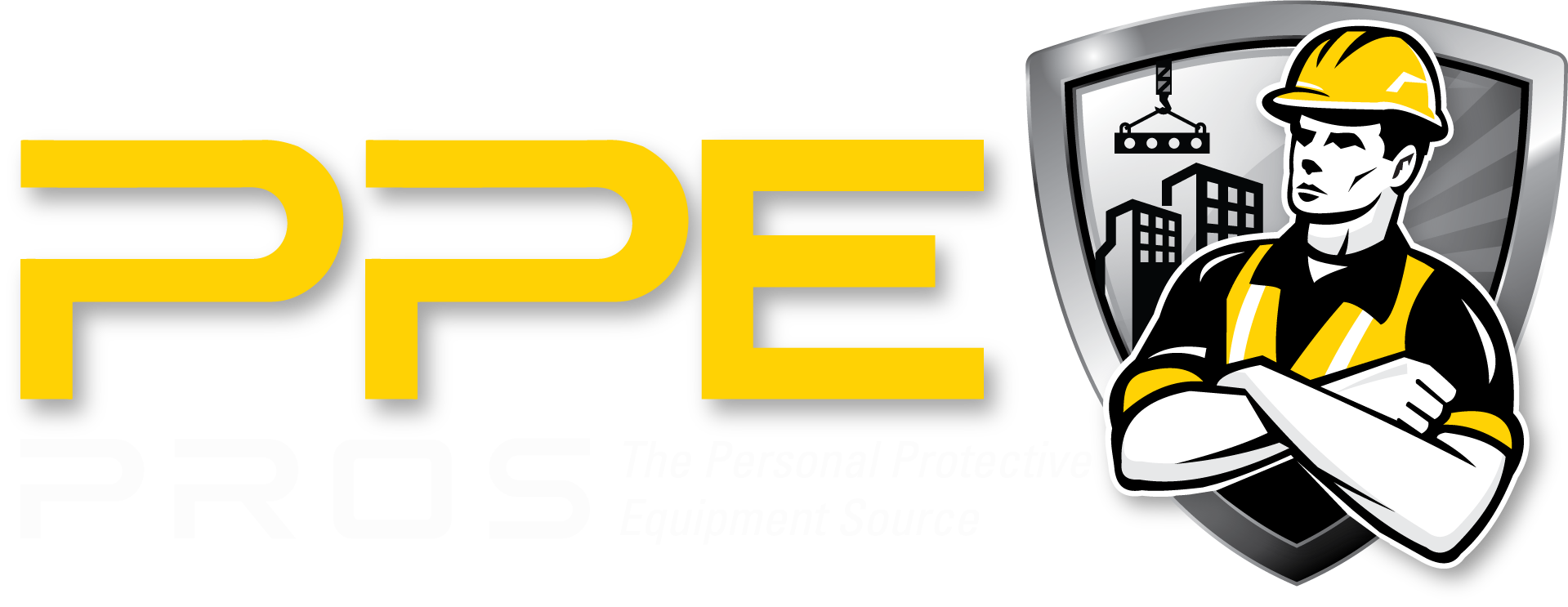Blog
Recent Posts
How To Choose a Hard Hat
Posted on
Head protection has come a long way over the past century. Workers used to cover their hats in tar, and then set them in the sun to cure, how crazy does that sound? Hard hat design and technology are constantly evolving, and selecting the right hard hat for the job can seem overwhelming. Type I or Type II? Cap-style or full brim? Class E, G, or C?
Type I vs Type II
When it comes to choosing a hard hat, performance should be your first consideration. ANSI Z89.1 specifies two types of hard hats that are defined by the area of the head that is protected. Type I hard hats are designed for protection against vertical impacts only. These are the most common hard hats worn in the United States. Type II hard hats are designed for both vertical and lateral impact protection and are more commonly worn in Canada due to their safety standards.
Although Type II hard hats tend to be slightly larger and heavier, the added level of protection can be lifesaving. The adoption of Type II hard hats is on the rise in the United States as employers become increasingly aware of the added protection they provide.
Electrical Hazard Classes
When you work in an environment where you may be exposed to electrical hazards, having a hard hat that protects against electrical shocks, burns and electrocution is a must. Dielectric hard hats are available in two classes: Class E (Electrical) hard hats are rated for up to 20,000 volts, Class G (General) hard hats are rated for up to 2,200 volts. Class C (Conductive) hard hats offer no protection against electrical hazards.
Be sure to consider mounting systems that attach face shields or hearing protection to hard hats. These attachment systems may alter the dielectric rating of the hard hat. Before use, confirm whether the chosen mounting system is safe for use.
Suspension
The suspension of a hard hat is the internal framework that absorbs and distributes the energy upon impact. Hard hats most commonly come with four-, six- or eight-point suspensions. The number of points indicate how many connections there are between the suspension and cap. Caps with more suspension points can greatly reduce the shock delivered on impact by dispersing the force over a wider area. The greater number of suspensions points also maximizes comfort and stability by distributing the weight more evenly. Regardless, all three types of suspensions offer the same level of impact protection to meet ANSI regulations.
Hard hat suspension is available in either a pin-lock or ratchet style suspension. Hard hats with a pin-lock suspension have a locking mechanism that can be compared to that of a belt. To adjust this style, you must first take it off and lock the pin to the appropriate hole. A ratchet suspension offers a quick ratchet-adjusting knob, allowing you to loosen or tighten your hard hat without removing it from your head.
Styles
Hard hats are available in two main styles, standard and full brim. Standard hard hats, or “Cap-style” hard hats are the most popular and widely used hard hats on the market today. Standard hard hats feature a baseball cap style design with a small visor/brim located at the front and are available in a slotted or non-slotted design. The slotted style allows the wearer to attach accessories such as helmet-mounted hearing protection and face shields. Full brim hard hats provide the wearer with added protection against the sun by providing extra coverage to the neck and ears. Due to their design, full brim hard hats are not available with accessory slots.
A bump cap is a lightweight hard hat that uses either a simplified suspension or padding. Bump caps are designed to be used where there is a possibility of scraping or bumping one's head. Bump caps are not designed to absorb large impacts, such as a dropped tool.
Protecting yourself from potentially serious or even life threatening injuries is always the number one priority. That is why knowing the differences between the varieties of personal head protection, can help you decide which level of protection is appropriate for your working environment.








